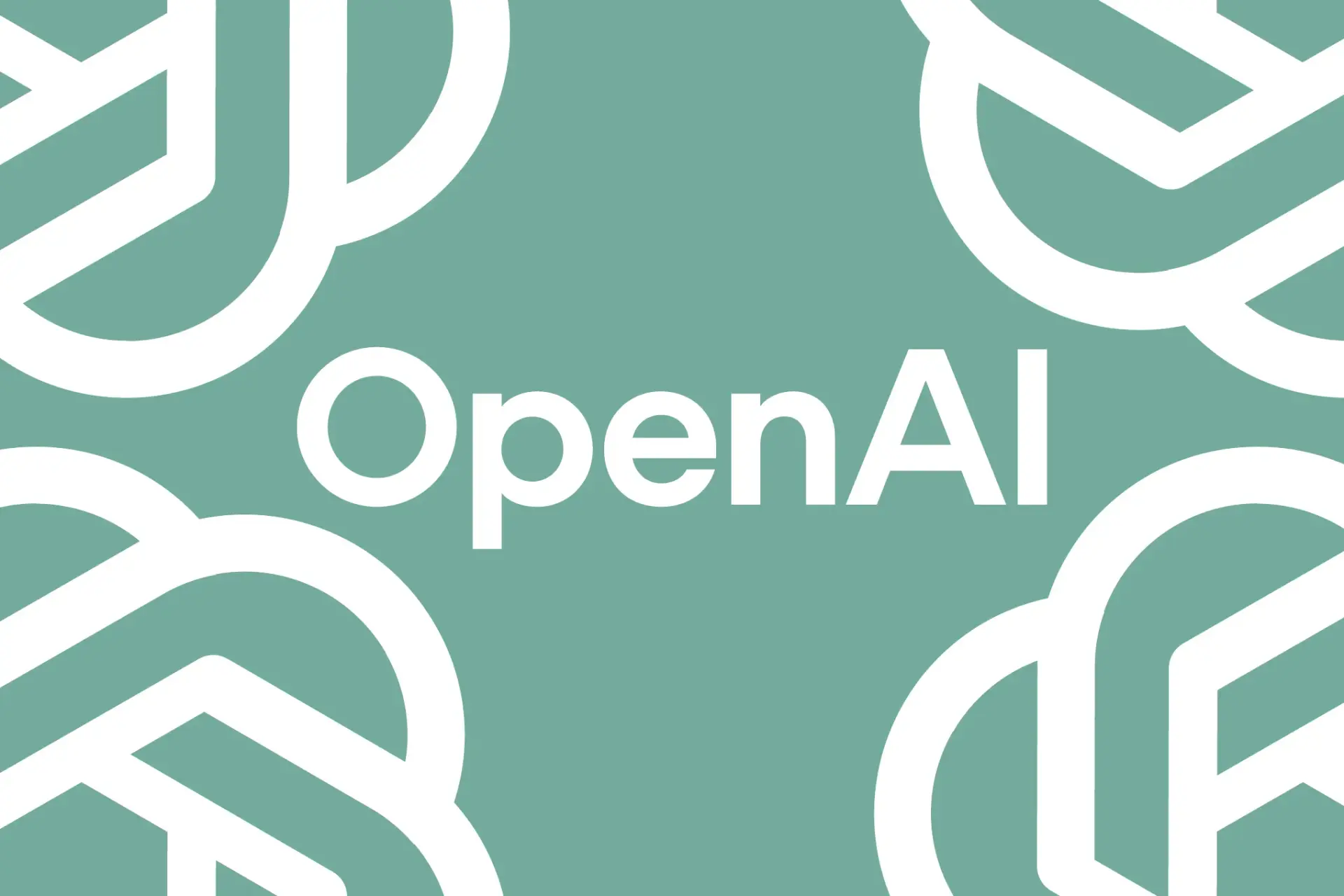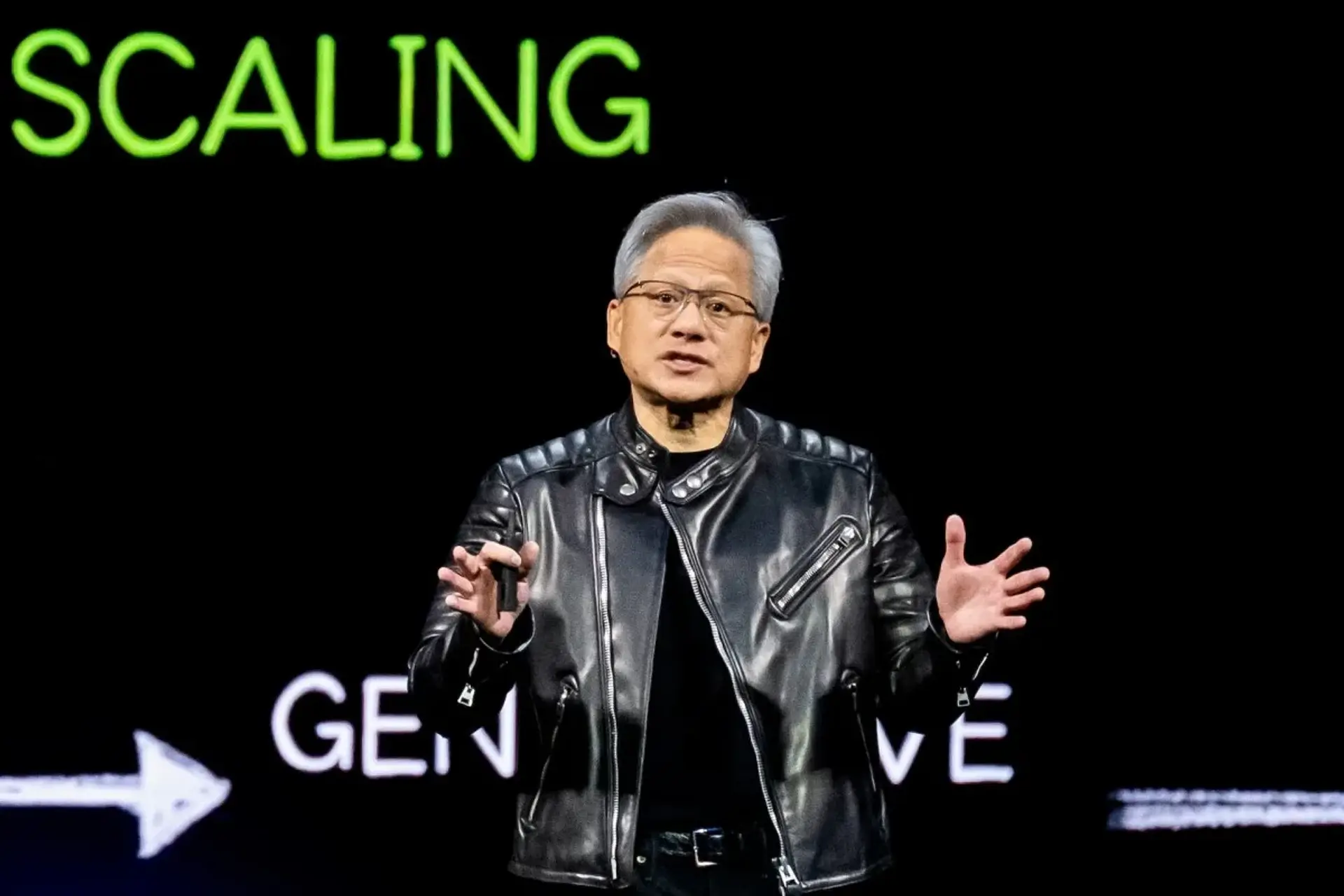OpenAI has announced GPT-4.1, the next iteration of its flagship AI model, succeeding the GPT-4o multimodal AI released last year. While specific technical details remain sparse in the initial announcement, GPT-4.1 is expected to offer improvements across several key areas, including enhanced reasoning capabilities, greater accuracy, and a more nuanced understanding of context.
Industry analysts speculate that GPT-4.1 will likely incorporate advancements in transformer architecture, potentially featuring a larger parameter count or more efficient training methodologies. Multimodal capabilities, already a strength of GPT-4o, are also anticipated to be further refined, allowing for more seamless integration of text, image, and audio inputs. This could translate to more sophisticated applications in areas such as content creation, data analysis, and virtual assistance.
The release of GPT-4.1 underscores OpenAI's commitment to pushing the boundaries of AI performance. The company faces increasing competition from other AI developers, including Google, Anthropic, and Meta, all of whom are investing heavily in large language models. GPT-4.1 is strategically positioned to maintain OpenAI's competitive edge by offering state-of-the-art performance and features. The model is expected to be rolled out to developers and enterprise customers first, with wider availability to follow. Pricing details have not yet been disclosed, but it is likely that OpenAI will offer various tiers of access based on usage and features. The launch of GPT-4.1 is poised to have a significant impact on the AI landscape, driving further innovation and adoption across various industries.




